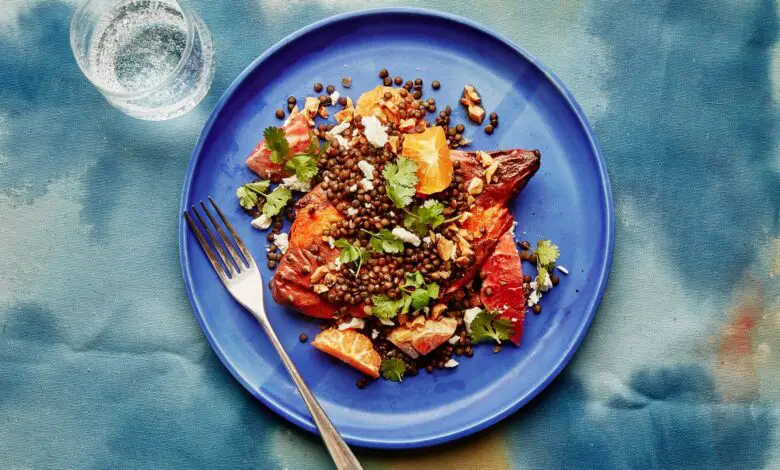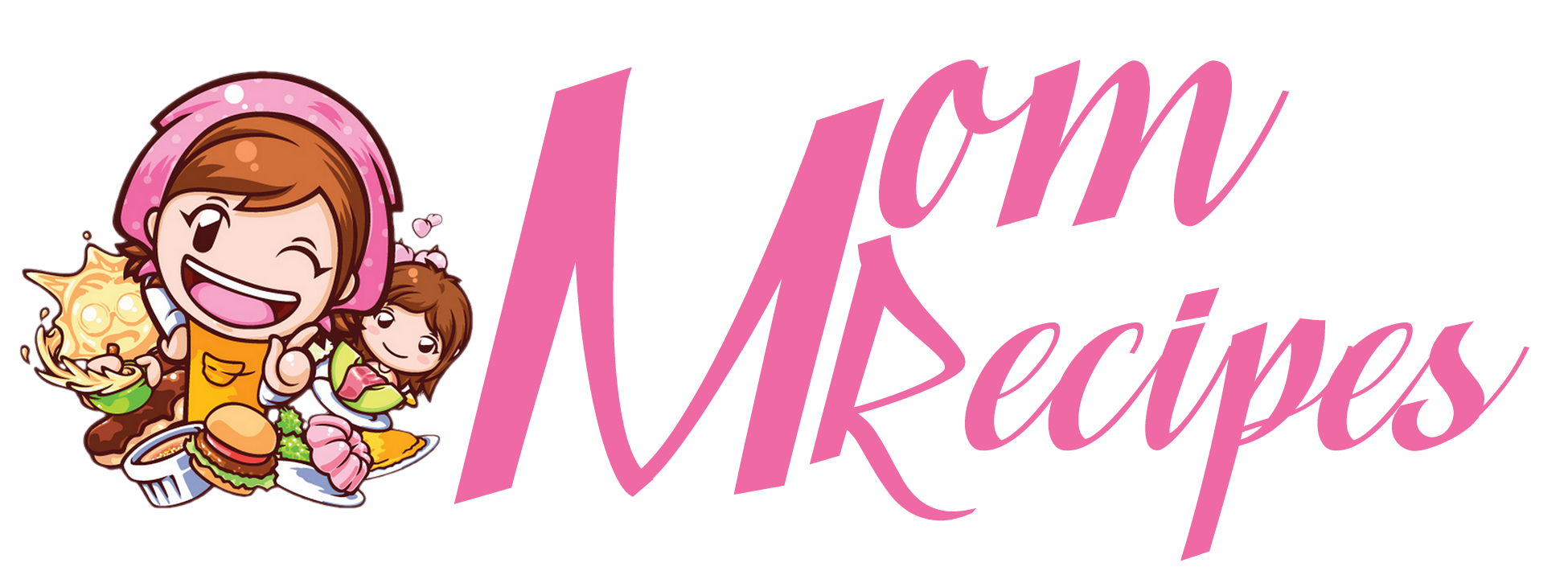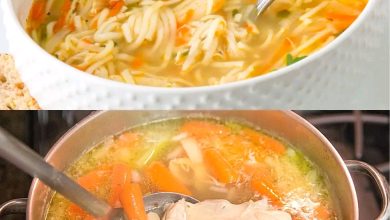
A fibroids diet, as Rhoden and Stewart reminded me, isn’t a one-size-fits-all plan; it takes some tinkering to find what works for you—and should always be accompanied by gynecological advice. While many of my symptoms have eased dramatically with the various dietary changes outlined below, perhaps, most importantly, I finally feel more connected to my body. After all those years of cursing my uterus, I’m finally taking care of her (she goes by Marge) while acknowledging that I deserve to live without chronic pain. Here’s what I’ve learned along the way:
First, what are fibroids?
Fibroids, also called leiomyomas or myomas, are benign (non-cancerous) growths located in the uterine wall and typically ranging in size from a marble to a grapefruit. (Though, the largest fibroid ever removed reportedly weighed 61 pounds.) “Although size influences fibroid symptoms, location can be even more important,” Stewart wrote in Uterine Fibroids. Meaning, the type of fibroid present dictates how a patient might feel.
What causes fibroids?
Unfortunately, not a lot is known about what causes fibroids. “It’s astonishing, given how common fibroids are, that many of the most basic questions haven’t been answered,” Stewart tells me over the phone. “We should know as much about fibroids as we do heart disease but we don’t.” While studies haven’t concluded why fibroids develop or what makes them grow, family history plays a role, as do the reproductive hormones, estrogen and progesterone. And Black people, whom Stewart says are most at risk for fibroids, usually show symptoms at a younger age (20 to 30s, versus 30s to 40s). Fibroids can shrink on their own, says Dr. Stewart, when menstruation ends and menopause starts, at which point they may no longer cause pain.
What are the symptoms of fibroids?
The people Stewart treats exhibit a range of symptoms based on the number of tumors they have and their locations and sizes. “For some,” she says, “pain is localized in the uterus, while others might experience back and leg pain.” And various patients only experience fibroid pain during their periods, whereas others experience both menstrual and non-menstrual pain. The most common fibroid symptoms include: pelvic cramping, heavy and/or long periods, irregular bleeding, bloating, frequent urination, lower back and leg pain, and pain during sex.
How could a fibroids diet help?
The following fibroids diet suits me but might not be ideal for you; take the suggestions that help and leave the rest. Common fibroid symptoms, like constipation and bloating, are indicators of what’s working and what’s not. “Your body knows what it needs,” Rhoden says. And tuning into that data is an empowering first step in anyone’s uterine health journey.
Go big on fiber
Rhoden advises her clients to “crowd in” plant-based foods, especially leafy greens like kale, spinach, broccoli, collard greens, swiss chard, and fruits such as oranges and apples. The fiber in whole fruits and vegetables, and whole grains, like oats, is intended to relieve constipation, a symptom (which, unfortunately, I can attest to) that often accompanies fibroids.




